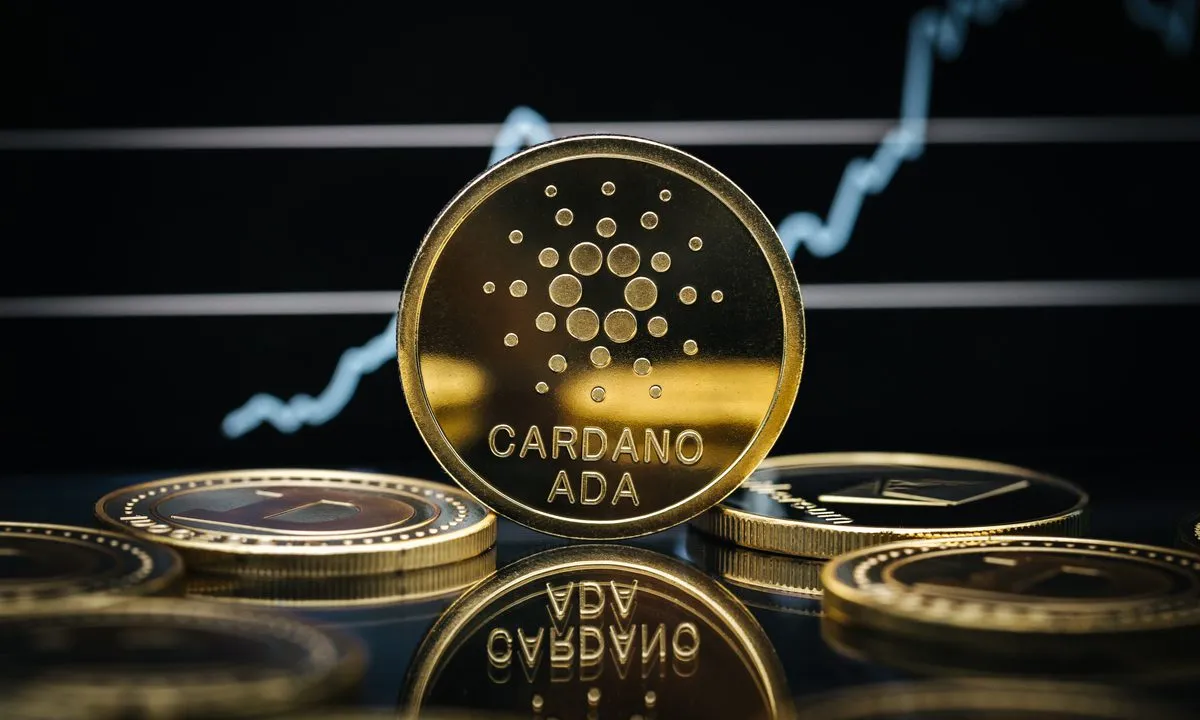|
Getting your Trinity Audio player ready...
|
Cardano (ADA) has hit a rough patch, facing resistance around the $0.50 mark and experiencing a significant decline in trading activity. This downturn comes amidst allegations of excessive centralization by cryptocurrency analyst Justin Bons. Bons raised concerns about Input-Output Global (IOG), Cardano’s parent company, controlling five out of seven of the blockchain’s genesis keys. These keys hold immense power, potentially allowing IOG to make unilateral changes without community involvement.
Bons’ accusations triggered a bearish sentiment, with some analysts predicting a potential 30% price drop for ADA by June. Technically, the price action aligns with a bearish continuation pattern, suggesting a break below the support level.
However, there are signs of resilience. Cardano bulls have stepped in to defend the crucial $0.45 support level, as evidenced by on-chain data showing a strong buy wall. This buying pressure indicates that the initial selling frenzy might be subsiding, potentially preventing a steeper decline. In the near future, ADA is likely to consolidate between $0.45 and $0.48, possibly buoyed by the overall bullishness in the cryptocurrency market.
Interestingly, Cardano’s wealthiest addresses seem unfazed by the recent dip. These “whales” holding significant amounts of ADA have been accumulating during the price correction, suggesting their belief in Cardano’s long-term prospects. This trend of major investors buying the dip highlights potential confidence in a future price recovery.
Also Read: Cardano Bulls vs. Bears: Can ADA Hold Above $0.45 After Ethereum ETF Approval?
Cardano (ADA) at a Crossroads
Cardano finds itself at a crossroads. The recent centralization concerns have undoubtedly cast a shadow, but the on-chain data and whale activity paint a different picture. While a near-term price consolidation seems likely, ADA’s future trajectory hinges on addressing the centralization issues and delivering on its development roadmap. Only time will tell if Cardano can regain investor confidence and climb back to its previous highs.
Disclaimer: The information in this article is for general purposes only and does not constitute financial advice. The author’s views are personal and may not reflect the views of Chain Affairs. Before making any investment decisions, you should always conduct your own research. Chain Affairs is not responsible for any financial losses.
Crypto and blockchain enthusiast.



